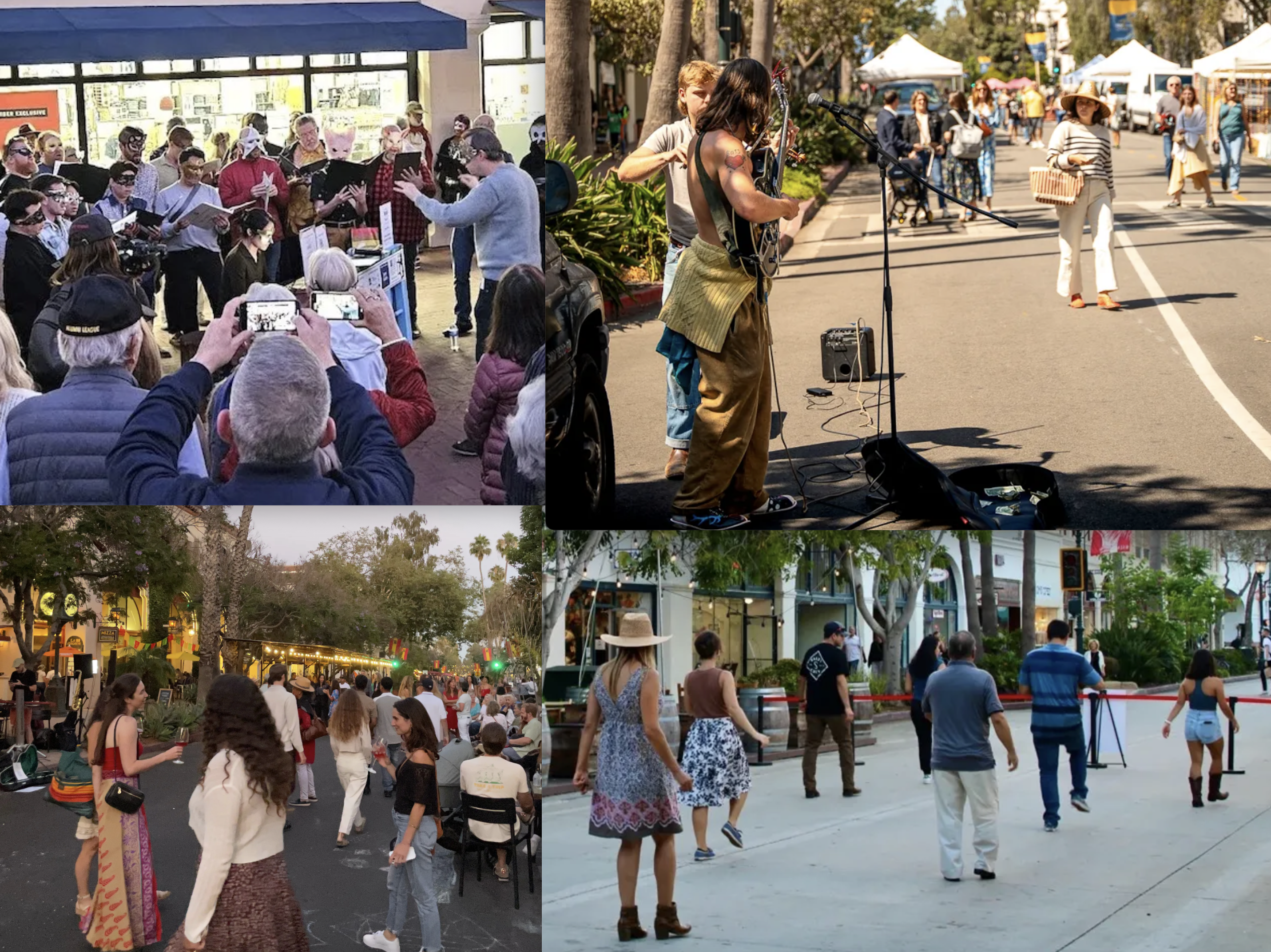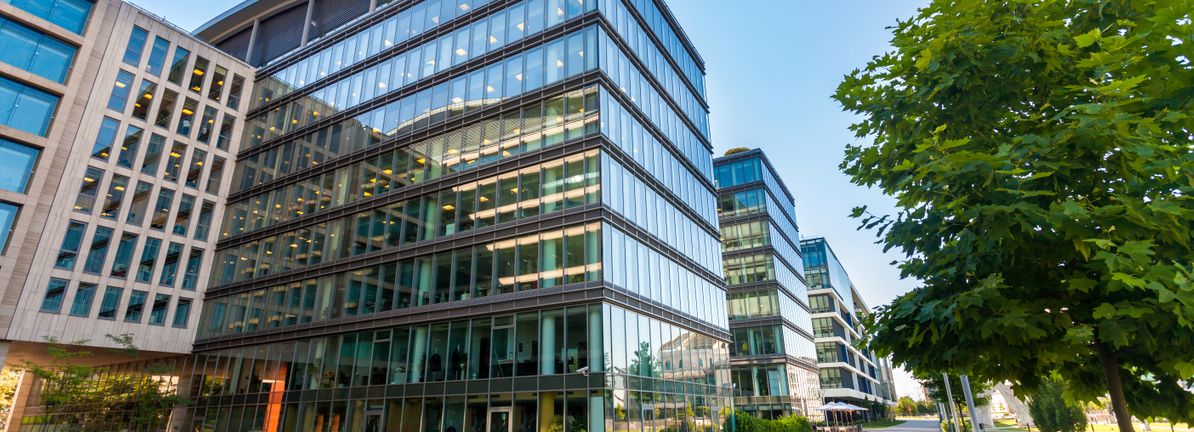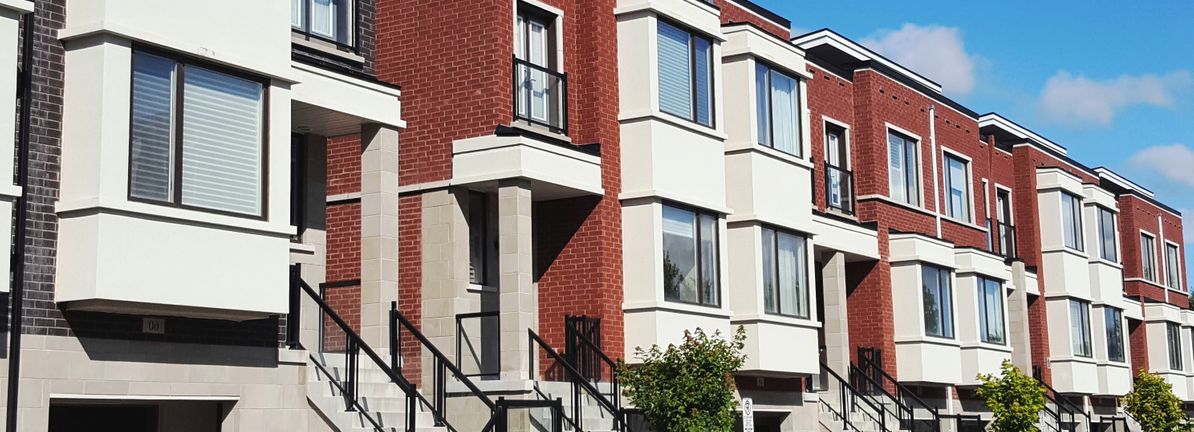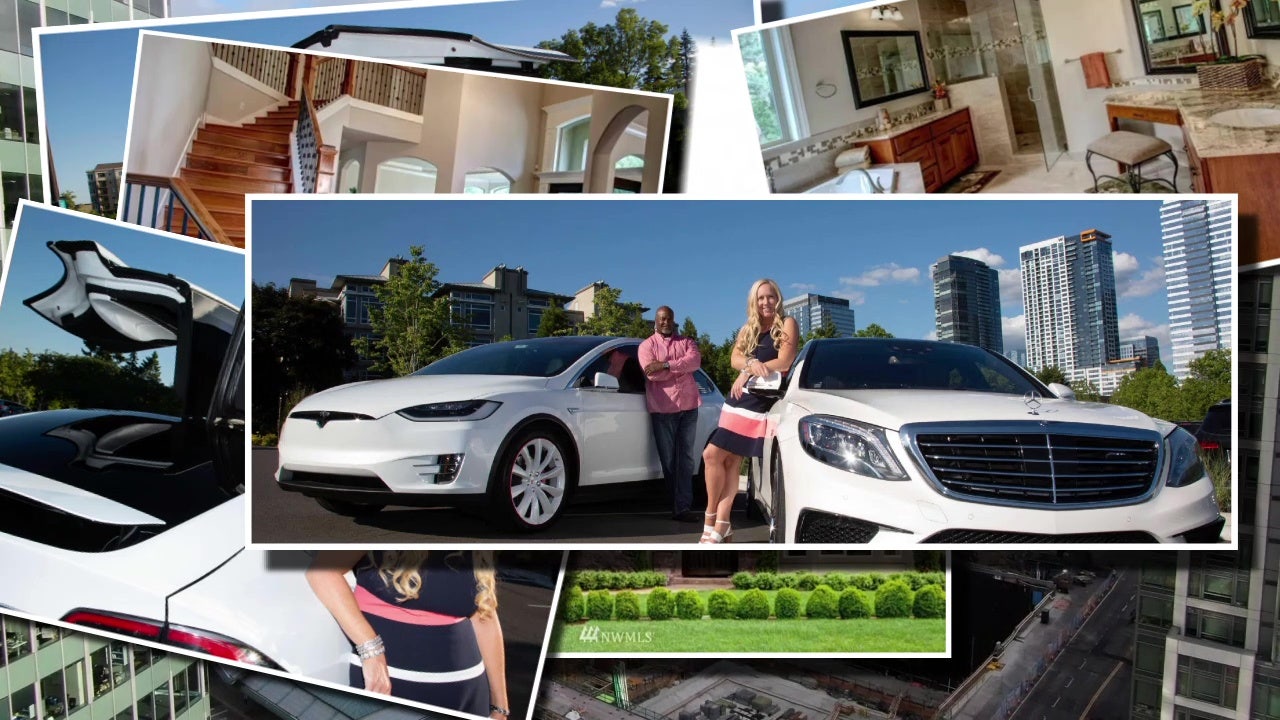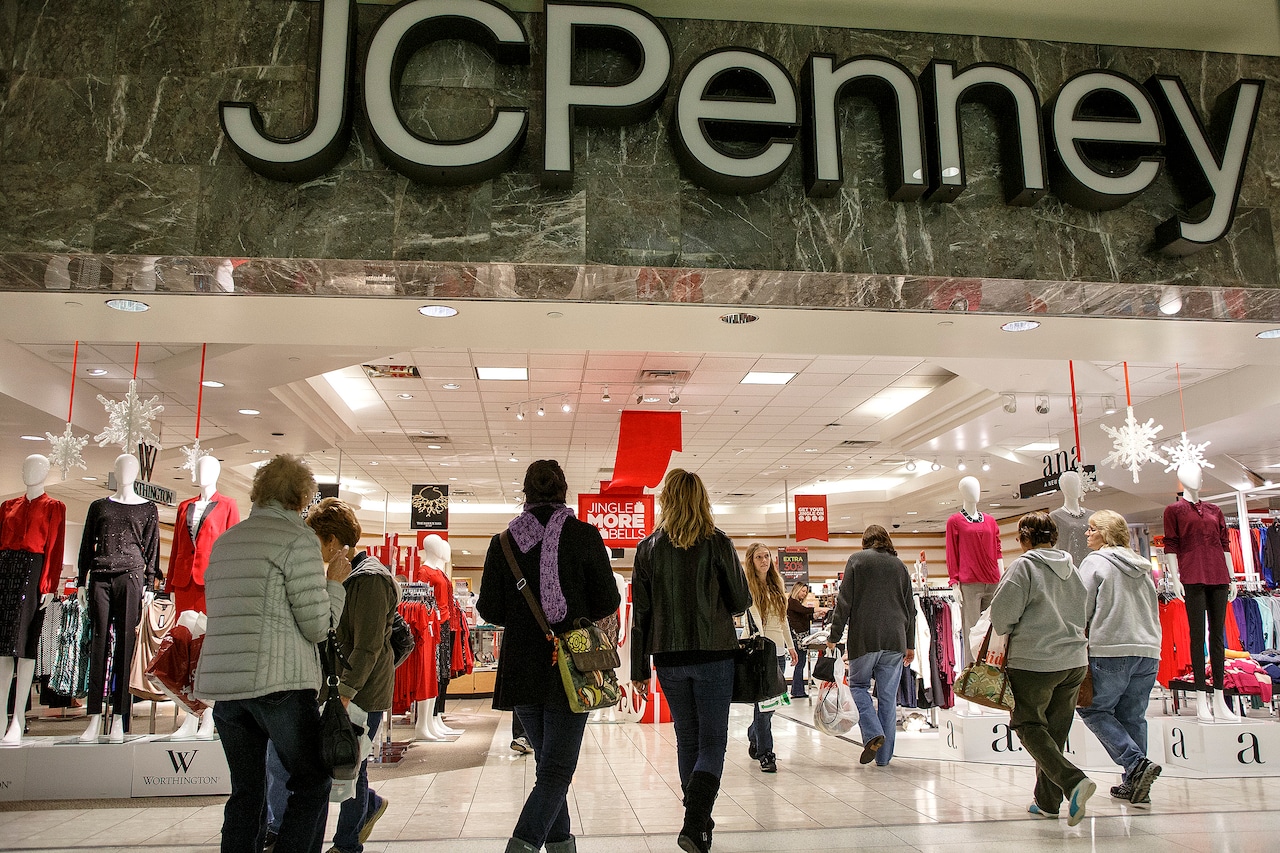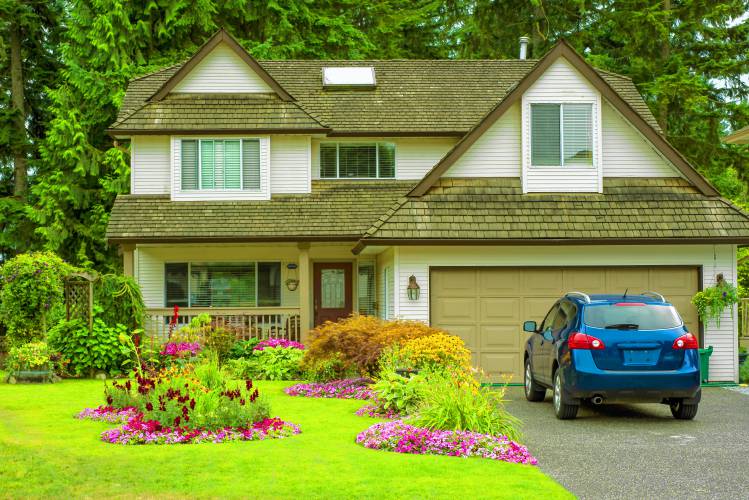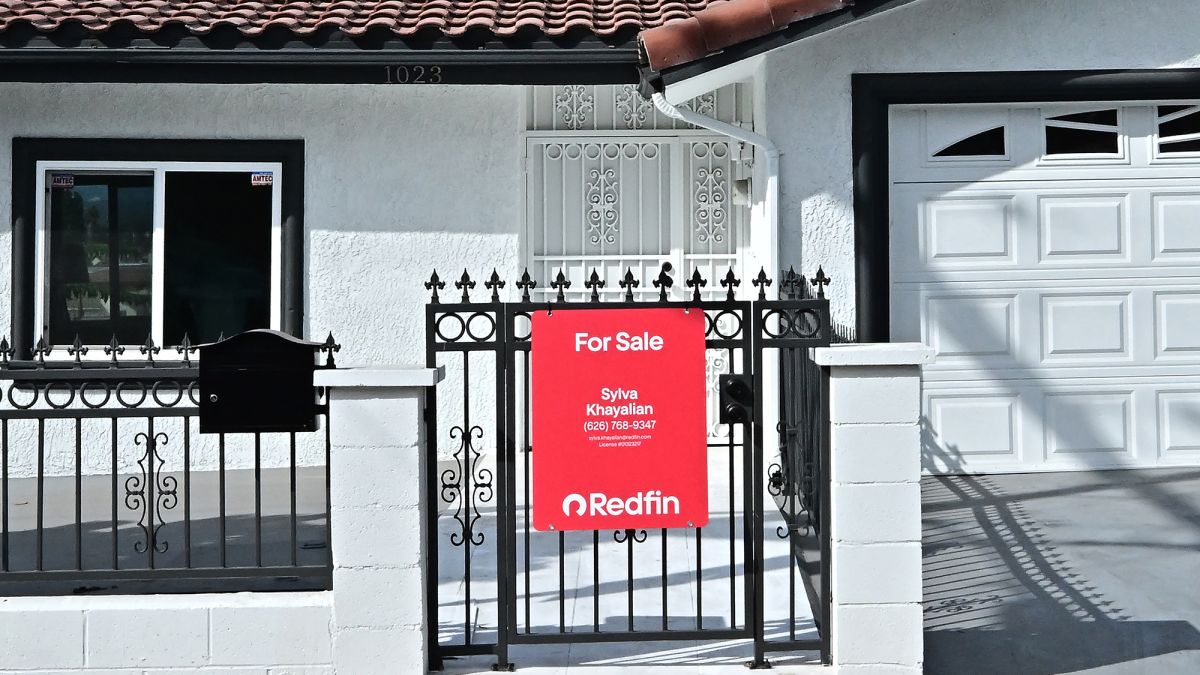P
rioritize Opportunities for Small Business, Young Families, and Renters
State Street alive with buskers, line dancing, dining, and masquerade
Growing up in Santa Barbara, I’ve seen the promise, possibility, and contradictions that shape our community. The housing crisis pushes locals out, forces essential workers to travel far, and burdens small businesses with soaring rents. Climate change drives up insurance and infrastructure costs, while e‑commerce and remote work erode the traditional commercial real estate model. Santa Barbara’s future depends on creating space for younger generations who want to build lives here. A walkable, bike‑friendly downtown offers immense value for renters, service workers, parents, and young professionals.
We cannot rely on national retail chains to anchor State Street, nor can we trust the flawed claim that car traffic will boost consumer activity. Cars only bring congestion; parking has always been on nearby streets and in garages. A walkable downtown supported by efficient bus, bike, and trolley routes is the sustainable, long‑term transportation solution Santa Barbara needs.
Real‑estate experts agree. Radius Insight’s research shows that State Street’s shift from “retail‑only footprints” to mixed‑use developments prioritizing education, housing, and cultural engagement is exactly the trajectory needed to stabilize the corridor. Pedestrianizing State Street is vital: it lowers emissions, supports small businesses, and unlocks equitable economic growth. A downtown neighborhood that prioritizes civic spaces, walkability, and mixed‑use development will reduce pressure to build in fire‑prone areas, expand affordable housing, and revitalize local businesses.
The challenges stem from a lack of forward‑thinking planning. Empty storefronts are not a sign of weak demand—they result from inflated rents and spaces too large for local businesses. Implementation stalls not because of public disinterest but due to political hesitation and pushback from entrenched property owners. The Downtown Santa Barbara Improvement Association (DSBIA) exemplifies this resistance, lobbying against pedestrianization. In the Independent, the DSBIA claims pedestrianization reduced visitation and that reintroducing cars would reverse the trend. Their arguments ignore contextual factors and fail to establish causality, conflating pedestrianization effects with differences in lease rates, space size, and commercial types across corridors.
The real‑estate industry recognizes that certain State Street blocks, especially those dependent on large retailers or office tenants, have struggled as national retail and office trends decline. The model that worked in the 1990s was already faltering before the pandemic, as consumers shifted to e‑commerce and neighborhood retail. Hayes Commercial Group notes that consumers now favor “neighborhood and grocery‑anchored centers,” and businesses prefer properties that “support walkability and convenience.”
The right approach is clear: Santa Barbara must adapt commercial properties for mixed use and fully pedestrianize the corridor, turning it into a vibrant neighborhood rather than reopening it to traffic and depriving the community of shared space. High renovation costs may tempt owners to favor reintroducing cars over adapting for small businesses or mixed‑use tenants, but the long‑term benefits outweigh the short‑term gains.
We need an ambitious, inspiring, and comprehensive revitalization of downtown Santa Barbara—not by uncritically accepting the policy prescriptions of those already in power, but by listening to those often left out of decision‑making: renters, service workers, parents, city employees, and young people. While the city can support property owners during the transition, we should not abandon our comprehensive approach just because a group of commercial owners wants to return to a golden age of retail profitability.
Like many, I want to live in a Santa Barbara that is walkable, affordable, and sustainable—a place where public space is truly a public good and decisions reflect the community’s long‑term wellbeing, not just the short‑term profits of a few.
Luca D’Agruma, 20, Santa Barbara resident, advocate for climate action, affordable housing, and equitable economic development.
